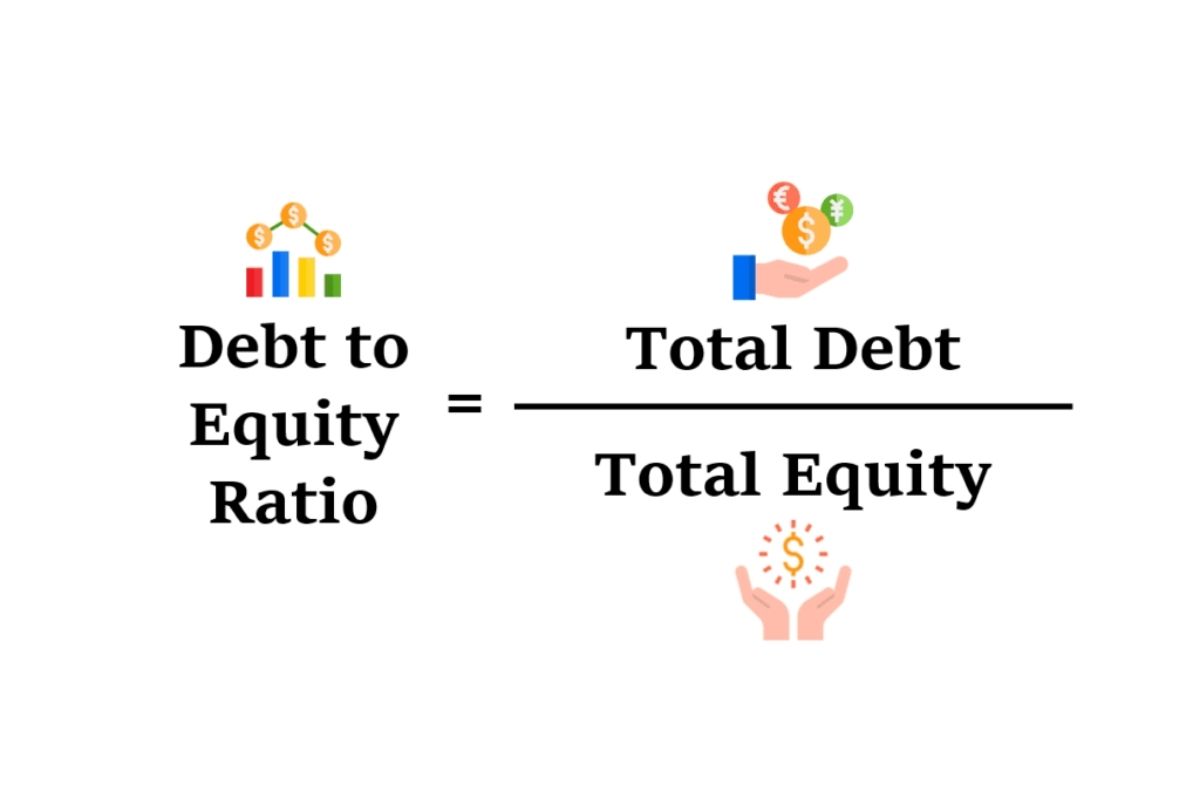
Shareholders Equity is the difference between a company’s assets and liabilities, and represents the remaining value if all assets were liquidated and outstanding debt obligations were settled. The debt ratio in the problem above is equal to 31.8% (debt of 6,900 divided by assets of 21,700). Investors (of money, not calories) do the same thing when they use equity ratio to decide which companies to invest in. Average ratios can be regarded as “good” and “bad” and differ considerably from sector to sector.
What is the approximate value of your cash savings and other investments?
In terms of sustainability, the more capable a company is of servicing its debt load over the long run, the more financially stable it is. If ROE is very high, then the firm has been doing exceptionally well in making profits with just a little capital invested. However, if it is low, then there might be something wrong with the decision making and the firm is not using its assets optimally.
How to Calculate Shareholders Equity
A higher proportion of owner’s funding compared to debt funding attracts potential investors who are looking for viable companies to invest in. For creditors, a higher shareholder equity ratio is attractive since it shows the company is financially stable and should be able to pay off any debts advanced to it. The shareholder equity ratio shows the level of a company’s reliance on borrowed funds. It shows the proportion of equity that is used to finance a company’s assets in relation to borrowed funds. Since the ratio indicates the proportion of the owner’s equity in the total value of the company’s assets, a higher ratio is desirable.
Get this exclusive AI content editing guide.
The excess value paid by the purchaser of the shares above the par value can be found in the “Additional Paid-In Capital (APIC)” line item. Intangible assets such as goodwill are normally excluded from the ratio, as reflected in the formula. Upgrading to a paid membership gives you access to our extensive collection of plug-and-play Templates designed to power your performance—as well as CFI’s full course catalog and accredited Certification Programs. ✅ All InspiredEconomist articles and guides have been fact-checked and reviewed for accuracy.
Take your learning and productivity to the next level with our Premium Templates.

Therefore, ABC Limited shows an equity ratio of 0.7 or 70%, which indicates that 70% of the company’s assets are financed using shareholder equity, while the remaining proportion is financed by debt. The equity ratio is a financial ratio indicating the relative proportion of equity used to finance a company’s assets. Besides, it is also treated as a test of the soundness of the capital structure. A higher equity ratio or a higher contribution of shareholders to the capital indicates a company’s better long-term solvency position.
- Operational EfficiencyImproving operational efficiency can help reduce operational liabilities, thus enhancing the equity ratio.
- He currently researches and teaches economic sociology and the social studies of finance at the Hebrew University in Jerusalem.
- Like the debt-to-equity ratio, the equity ratio is important because it indicates your level of solvency.
- Companies having a higher equity ratio have to pay less interest thus having more free cash on hand for future expansions, growth, and dividends.
- However, a company with a strong equity base is better equipped to take on these costs without bearing excessive debt or destabilizing its financial standing.
While discussing financial measures like the equity ratio, it’s essential to understand its role within a broader context, such as Corporate Social Responsibility (CSR) and sustainability efforts. In this section, we will discuss how a healthy equity ratio can serve philadelphia eagles beat new orleans saints nfl is mediocre playoffs for the birds as a sturdy backbone for these initiatives. These strategies collectively can help a company to significantly improve its equity ratio and enhance its financial health. Long-term PlanningAdopt a long term perspective when deciding on the capital structure.
From the beginning balance, we’ll add the net income of $40,000 for the current period, and then subtract the $2,500 in dividends distributed to common shareholders. After the repurchase of the shares, ownership of the company’s equity returns to the issuer, which reduces the total outstanding share count (and net dilution). Shareholders’ equity is the residual claims on the company’s assets belonging to the company’s owners once all liabilities have been paid down.

